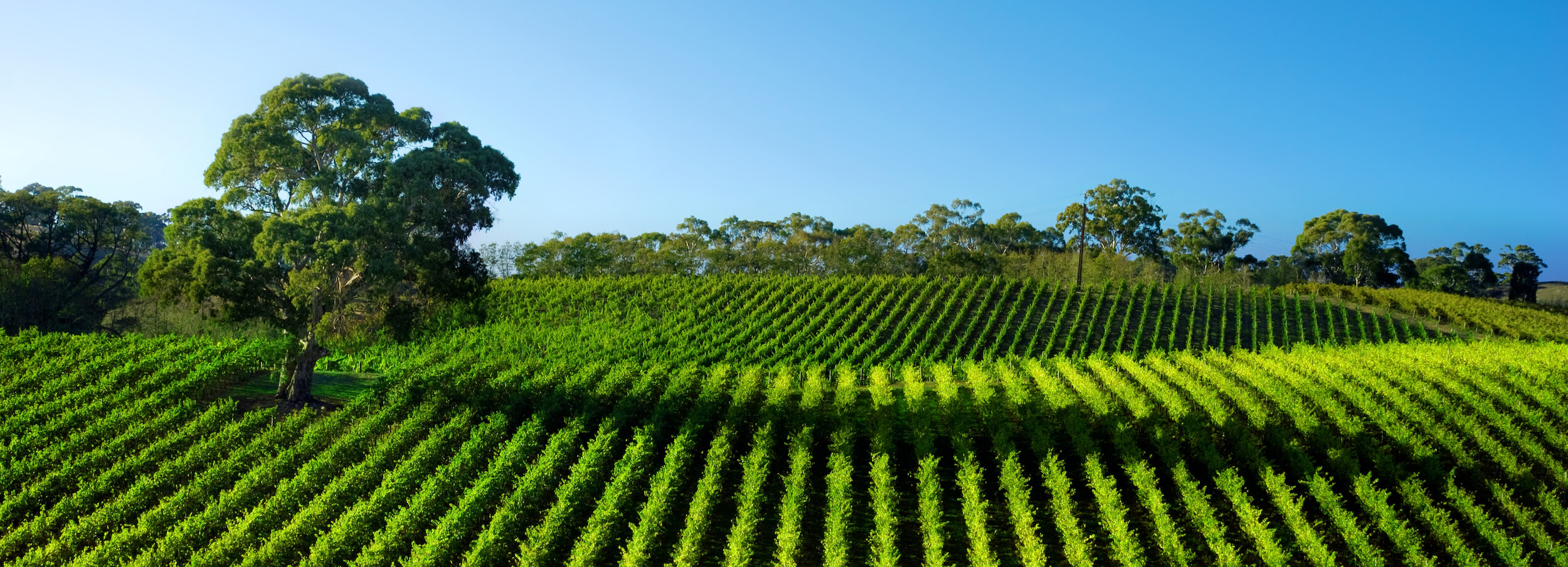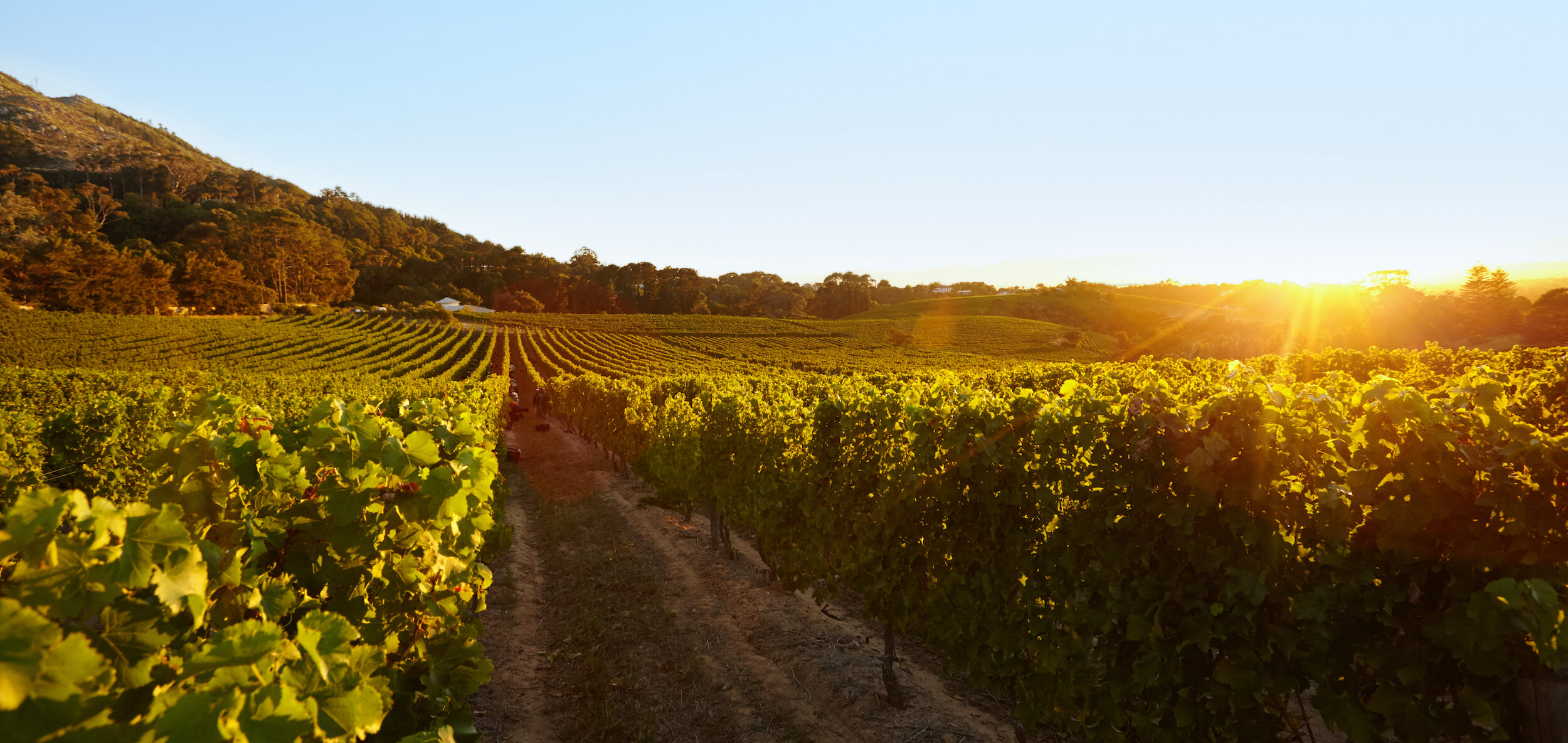Vineyards
The Vineyards: Where It All Begins
Napa Valley vineyards are intentionally farmed to produce low yields. This practice results in vivid, concentrated flavors in the grapes. Throughout the growing season, the canopy is carefully managed, usually by hand, to ensure optimal fruit development. Vineyard workers will tend each vine, on average, more than twenty times during the year—a far different ethic than just a few decades ago when the popular practice was "prune, sucker and pick." To further advance viticultural technology, Napa Valley is one of the only premium wine regions to have a university experimental vineyard.

Napa Valley American Viticultural Area (AVA)
Known for producing large, powerfully structured, rich-textured, and full-bodied grapes tempered by a rich fruit flavor, Napa Valley has some of the best vineyards in the world. With its defining mountain ranges - the Vaca on the east and Mayacamas on the west - which rise well above 2,000 feet and include several extinct volcanoes, it is not only a beautiful valley, but provides a perfect environment for the vineyards.
Residual volcanic activity is evident throughout the valley in the numerous hot springs and geothermal vents (including the Old Faithful geyser in Calistoga). Mount St. Helena, the tallest mountain in the region at 4343' closes off the valley at the north end. The broad, flat, southern end of the valley follows the Napa River, opening into San Pablo Bay, an interestuarine (with the Sacramento and San Joaquin rivers) arm of the San Francisco Bay system. The valley floor might be considered an elongated hillside shaped like a backward "C", rising from near sea level at the mouth of the Napa River to a little over 250 feet at Calistoga. Within a few miles of the bay, the hills have risen over 3,000 feet to Mt. Veeder on the west side, the first of the several volcanic peaks that bulge like vertebrae from the mountainous spine that runs north to Mt. St. Helena. Meanwhile, due east of Carneros, the Vaca Range is already rising toward Atlas Peak. Facing each other like a gateway fashioned by Vulcan, Mt. Veeder and Atlas Peak mark the entrance to the valley proper.
The progression of vines up the valley delineates the natural growing conditions. While vineyards are almost continuous on the cooler, wetter, west-side foothills stretching from Carneros to Calistoga, the drier east-side hills are steeper, rockier and hotter. Those sun-baked, inhospitable hills are very sparsely planted. Vines hardly appear at all on the valley floor until you get to the Big Ranch Road area just north of Napa, where the clay-based, muddy floodplain gives way to alluvial soils that drain more easily.
While all of our grapes are from the Napa Valley AVA, we exclusively source from three sub-appellations, due to the quality, flavor, and stability of the grapes for our wine.
Oakville
Resting at 500 feet above sea level, Oakville is moderately warm. With temperatures commonly averaging in the mid-90’s in summer and the often-found early morning fog, the east side of the region receives most of the warm afternoon sun, the weather allows for the growing of the high-standard grapes in the region. Primarily producing Cabernet Sauvignon, Merlot, and Sauvignon Blanc grapes, Oakville consistently harvests only the best fruit for our wines.
Stags Leap
Surrounded by lush hillsides and bare rock, the moderately warm climate of Stags Leap is highly conducive to producing Cabernet Sauvignon, Merlot, Sangiovese, Chardonnay, Sauvignon Blanc that the area is famous for. The afternoon marine winds cool the warm air that the summer season brings to the region, which allows for ideal conditions to invariably produce quality grapes.
Los Carneros
Los Carneros is a moderate, cooler region, that sits 700 feet above sea level. Marine winds from San Pablo Bay and Petaluma Gap ensure that the high temperatures rarely exceed 80 degrees. The resulting Pinot Noir, Merlot, and Chardonnay grapes are breath-takingly magnificent.

